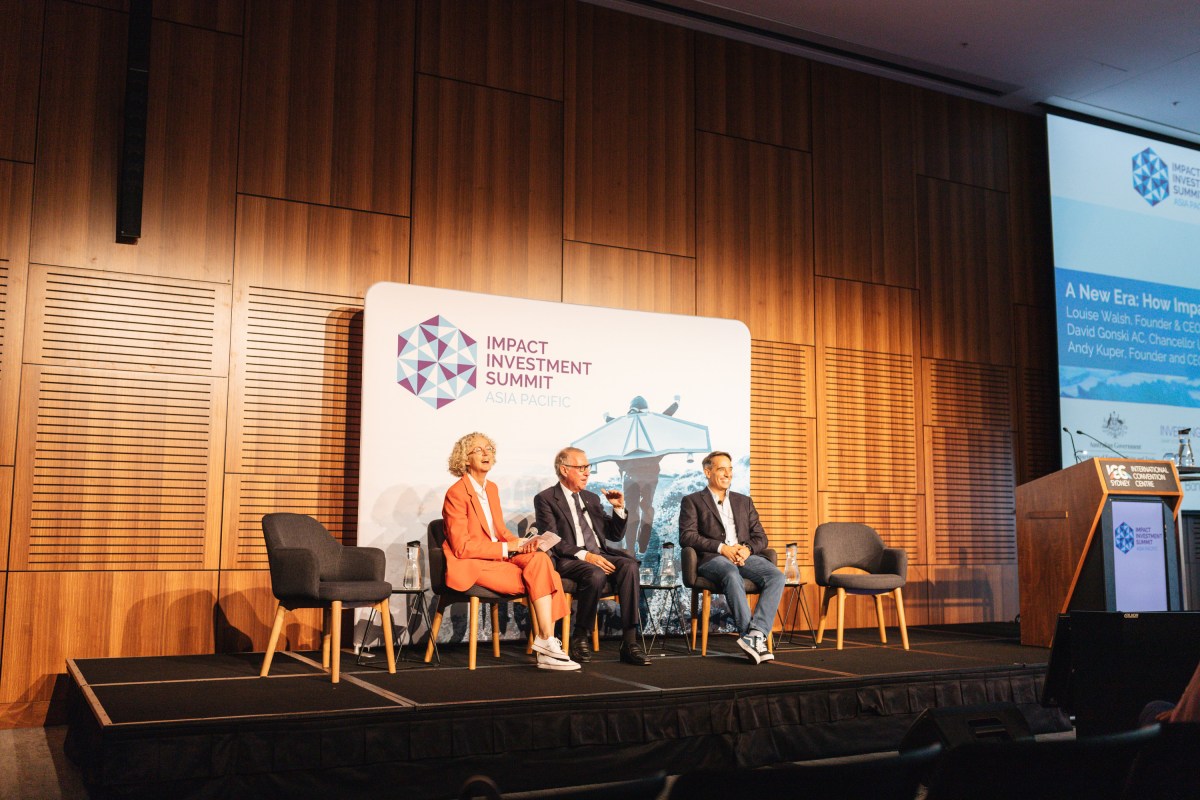The Impact Summit 2022 hosted some of the world’s leading climate advocates, and to contribute and engage with this immense global challenge, the conference organisers both measured the event’s carbon footprint, and offset its emissions to make the week carbon neutral for all attendees.
Pangolin Associates were brought in to measure and manage the process. The firm has been working on carbon measurement for 12 years, and they’re the Australian government’s largest provider for the Climate Active carbon certification program.
According to their assessment, the impact summit produced 34.3 tonnes of carbon dioxide equivalents (tCO2-e), which was assessed in accordance with the Climate Active carbon neutral standards.
For this event, the following emissions were deemed relevant:
- Electricity
- Water
- Attendee travel – flights
- Attendee travel – ground transport
- Accommodation
- Food and Drink
We hear a lot of talk about Scope 1 and 2 emissions, but for this event, it was scope 3 emissions that contributed the most. Transport was the biggest source, followed by electricity use.
Don’t miss any of the stories, subscribe to the newsletter HERE
As OnImpact readers, I’m assuming you’re curious about some of the details, so let’s dive in.
Iain Smale is Managing Director at Pangolin, explained that scope 1 emissions (which involve direct burning of fossil fuels) are backed by deep research and data, and the emissions factors are steady and reliable.
Scope 2 is more relevant for the summit, as it captures emissions from the production of electricity. The emissions factors here vary state by state as there’s huge variability of renewables inputs into the grid.
“The eastern states have much worse emission factors than say, South Australia or Tasmania. Tasmania has lots of hydro power, and SA has wind resources and rooftop solar. On some days, they could have 130% renewables, so there’d be no carbon impact that day.” Iain explained.
“So typically, converting about one megawatt hour of energy equals almost one tonne of carbon equivalent, in NSW and Victoria, whereas in South Australia or Tasmania, it’s about half that. And under a business as usual scenario, year-on-year a business’ footprint will come down just because the grid is improving.”
All efforts were made to reduce the waste and emissions from the event. Information was sent digitally where possible, lanyards were largely plastic free, and glassware was used instead of disposable cups.
But reducing scope 3 emissions is a challenge. While a virtual event would have slashed transport emissions, the experience can’t really be replicated online.
Most agreed that it was a welcome relief to have everyone together in one place, after so much zoom-fatigue.
What we need is zero-emissions planes, better cycling infrastructure, and more incentives for electric cars. These are all things that any one person can’t do alone, it takes systemic change. Both in terms of regulation, and capital allocation.
What wasn’t measured, was the impact of all that talking, all those meetings, connections and new relationships. The impact it would have on funding the technology of the future, and allowing us all to reduce our personal footprints.

